Selecting a mechanical keyboard with the proper size and layout is essential. The size layout largely determines the uniqueness of a mechanical keyboard, and likewise, the layout also determines its limitations. With choices like 60%, 75%, 80%, 100%, and more, it makes sense to ask which is ideal for work or gaming. This post explains each size so you can make an informed choice.
Table of Contents
- Keyboard Key Composition
- The Comparison of Keyboard Sizes
- Full-size / 100% Keyboards
- 1800 Compact Keyboards
- Tenkeyless (TKL)/ 80% Keyboards
- 75% Keyboards
- 65% Keyboards
- 60% Keyboards
- 40% Keyboards
- Other Size or Layout Keyboards (Non-Standard Layouts)
- Why Does Size Matter?
- How to Choose the Right Keyboard Size?
- Conclusion
Keyboard Key Composition
The number of keys on each keyboard size varies. Do you know the key composition for a keyboard? Which keys are missing from 60% of keyboards? We need to know the key composition to understand better the difference in the number of keys on each keyboard size.
A 100% keyboard features typing & control keys, function keys, number keys (row), editing keys, arrow keys, and a number pad.

- Typing & control keys: Which include letters, numbers (row), punctuation, and modifiers (Shift, Ctrl, Alt), are the main area for text operations.
- Function Keys: The twelve function keys F1–F12.
- Number keys (row): Number keys in a row.
- Arrow Keys: The four directional keys (up, down, left, and right).
- Editing keys: Keys such as Insert, Delete, Home, End, Page Up, and Page Down.
- Number pad: A separate section of keys for number entry and calculations, typically found on the right side of the keyboard on full-size keyboards.
Now that the most common keyboard sizes are full-size (100%), TKL (80%), 75% and 60%, besides these sizes, there are some other sizes, including 1800 compact, 65%, and 40%. Let's take a look at the differences in the specific key combinations of keyboards of these sizes.
The Comparison of Keyboard Sizes

The percentage of the layout represents the approximate area of the standard keyboard occupied by the layout. The lower the percentage of the layout, the smaller the keyboard size, the more portable it is, and the more dependent on the use of key combinations. Conversely, keyboards with larger percentages require fewer key combinations to remember and also take up more desktop space.
Let’s check the details for each size, understanding these details will help you better choose the right keyboard for your needs.
Full-size / 100% Keyboards
A full-size keyboard includes all of the keys present in the standard keyboard layout. The most common configuration is the traditional 104-key keyboard. 104 keys are now one of the most popular keyboard layouts.
How many keys are on a full-sized keyboard?
104 and 108 keys, the 108-key keyboard features several extra function keys.
Pros: Full key set, fully functional.
Cons: It takes up an additional desk area.
Suitable For: Users that want a full set of keys, especially for office work and heavy-on data jobs.

1800 Compact Keyboards
1800 compact keyboard is a smaller version of full-size that still has all of the keys. By removing some non-key spots, the area is reduced to some extent.
How many keys are on an 1800 Compact keyboard?
Typically has around 96 to 99 keys. This layout compresses a full-sized keyboard by combining the numeric keypad and the primary key cluster and shortening the spacing between portions.
Pros: Provides the capabilities of a full-size keyboard in a compact package.
Cons: It takes up more room than smaller keyboards and may not fit well in compact setups.
Suitable for: It's best suited for gamers, programmers, and professionals who need numeric input and substantial key functionality without the bulk of a standard full-sized keyboard.

Tenkeyless (TKL)/ 80% Keyboards
TKL keyboard, compared with the previous full-size keyboards, is not much different; there are just fewer 10 keys in the independent number area, while other function keys are retained
How many keys are on a TKL keyboard?
Includes 87 or 88 keys, depending on the regional layout. To save space, this design cuts the numeric keypad yet retains the function keys, arrow keys, and other essential keys.
Pros:
Saves desk space and provides more room for mouse movement.
Easier to transport compared to full-size keyboards.
Cons:
It is inconvenient for users who frequently input numbers.
Limited key mappings for custom shortcuts.
Suitable for: The TKL (Tenkeyless) keyboards are ideal for beginners. It is compact and portable, nearly 20% shorter than the regular 104-key layout. It is more suitable for gamers and users with less space. In addition, the TKL keyboard will not have special length keycaps in customization, and the combination is relatively cheap.

75% Keyboards
75% keyboards retain the most essential keys, including alphanumeric keys, function keys (often integrated into the number row), arrow keys, and a selection of navigation keys.
As a representative of the 75% layout keyboard, the compact 84 layout directly deletes the keys that can be deleted. But every key you can use is on it. It only takes a short time to adapt, and you can easily get started, and a large piece of desktop space is freed up.
How many keys are on a 75% keyboard?
75 percent of keyboards have 84 keys, although some have 80–83 keys. The fundamental feature of the 84-key keyboard is that the frequently used editing keys are aligned vertically, and the partition spacing in the full-size keyboard is removed, similar to the 100-key keyboard, making the entire keyboard very small.
Pros:
Saves desk space, ideal for smaller setups.
More portable than full-size keyboards.
Cons:
Less flexible compared to smaller keyboards.
There are fewer options compared to full-size or TKL keyboards.
Suitable for:
75% keyboards are one of the most suitable keyboard layouts for quiet office work. Even if the number of keys is reduced, it will not have much impact. It is suitable for users who have special requirements for hand feel and often carry out text work. And Monsgeek M1 V5 custom mechanical keyboard stands out as a highly recommended option for 75% keyboard.
For beginners in custom mechanical keyboards, M1V5 no doubt is the choice choice. ts innovative ball-catch design allows for rapid, tool-free disassembly, making it easy to access and modify the keyboard components. This feature ensures that even those new to customization can dive into the process effortlessly.
Supporting VIA software, the M1 V5 allows complete key mapping and personalization, adapting to various user needs. Additionally, the impressive 8000mAh battery ensures long-lasting use without frequent charging, making this keyboard not only beginner-friendly but also highly efficient for daily and extended use.
Its balance of compactness and functionality makes it the perfect choice for anyone seeking a reliable, feature-rich 75% keyboard for both work and personal use.
65% Keyboards
The 65% layout keyboard expands the 60% layout by one or two columns to include the arrow keys and several editing buttons while being highly portable.How many keys are on a 65% keyboard?
66 to 71 keys, with 68 keys being the most common. This layout comprises the alphanumeric keys, arrow keys, and a few navigation buttons (such as Page Up, Page Down, Home, and End), but not the numeric keypad or function row.
Pros:
The compact layout allows for smaller combinations and saves valuable workspace.
The minimalist layout supports a comfortable typing posture.
Cons:
Less customization than smaller sizes, such as 60% keyboards.
less common than full-size or TKL keyboards, providing fewer choices.
Suitable for: People seeking ways to save desk space without losing critical capabilities. Ideal for those who need a smaller, lighter keyboard for travel or mobile settings. Provides the essential keys for gaming while freeing up desk space for mouse movement.

60% Keyboards
60% keyboards just retain the alphanumeric keys (letters and numbers), modifiers (Shift, Ctrl, Alt), and a few additional keys.
Even when using a 100% full-size keyboard, the most comfortable range for our hands is the 60% main key area. You can easily reach the number keys with a stretch of your fingers and type symbols with both hands. For typing tasks, this 60% area is the optimal sweet spot. Your wrists can stay in place without moving your arms to reach distant arrows or editing keys, allowing you to type without extensive hand movements. This is the charm of a 60% keyboard. Once accustomed to its layout, which can be customized, your typing efficiency remains high, as you save time by not moving your wrists to find editing keys. For touch typists, this efficiency boost is even more significant.
How many keys are on a 60% keyboard?
Around 61 to 68 keys. This compact layout eliminates the function row, navigation cluster, and numeric keypad, leaving only the alphanumeric section and essential modifier keys.
Pros:
Saves desk space, ideal for smaller setups and travel.
Allows for closer mouse placement, leading to a more comfortable typing posture.
Cons:
May not be suitable for activities that require a whole set of keys or specialized functionalities.
less common than full-size or TKL keyboards, with fewer possibilities.
Suitable for: Travelers and people who require a tiny keyboard for on-the-go use. Ideal for setups with limited desk space, leaving more area for additional peripherals or hobbies. Gamers typically like it for its ergonomic features and extra mouse space.

40% Keyboards
A 40% keyboard is an ultra-compact mechanical keyboard layout that minimizes the number of keys to the essentials. This size is rare and inconvenient to use. This layout is more suitable for simple English input and is not suitable for playing games.
How many keys are on a 40% keyboard?
Typically around 40 keys or fewer. This ultra-compact layout features only the most important keys, frequently eliminating the number row, function keys, arrow keys, and some punctuation keys. Users rely extensively on layers and key combinations to access all of the keyboard's features.
Pros:
Ultra-compact design allows for convenient portability.
Because of the low key count, these systems are frequently extremely customisable, with programmable levels and key mappings.
Cons:
Not appropriate for activities requiring extensive key functions or numerical input.
Less prevalent than bigger keyboards, there are fewer model and customization options.
Suitable for: Suitable for frequent travelers looking for a tiny keyboard that fits easily in a bag. Used by enthusiasts and programmers who prioritize customization and are willing to adapt to a more compact layout.
Other Size or Layout Keyboards (Non-Standard Layouts)
Ortholinear
Ortholinear keyboards have a grid layout, with each column of keys aligned vertically. Unlike standard staggered keyboards, which have keys offset in each row to permit natural finger angling, ortholinear keyboards contain keys that are lined horizontally and vertically, similar to a grid or matrix.
Numpads
The existence of a numeric keypad is generally to facilitate data entry in the banking or accounting industries, or as an external option for users who lack a numeric keypad, but this is relatively rare.
Split / Ergonomic Layout
A split or ergonomic layout keyboard is designed to reduce strain and improve comfort for the user by promoting a more natural typing position.The keyboard is divided into two separate halves that can be positioned independently. This allows users to position each half to align with their natural hand, wrist, and arm position.
Why Does Size Matter?
As I previously stated, the size of a keyboard dictates its distinctiveness while also limiting its functionality. Because we all have different locations, scenarios, and tastes when it comes to keyboards, different sizes provide us with possibilities to fulfill a variety of demands.
Desk Space: Larger keyboards, such as full-size keyboards (100%), require more space, which may be an issue if you have a tiny desk or desire more room for other devices, such as mice.
Portability: Smaller keyboards, such as TKL (Tenkeyless), 75%, 65%, and 60%, are more portable and easy to transport, making them ideal for travel or LAN parties.
Usage Preference: Different keyboard sizes allow different usage styles. Gamers usually favor compact layouts (e.g., 60%) for more mouse movement area, whereas office workers may prefer full-size keyboards with extensive key sets, including a numeric keypad.
How to Choose the Right Keyboard Size?
In general, you should examine your usage needs as well as your typing and gaming preferences.
- For those who regularly enter numbers, the full-size keyboard layout with its dedicated numeric keypad is the most practical option.
- If compactness is not a priority, but you still want to conserve desk space, the TKL (Tenkeyless) layout is a great option. It keeps recognizable key locations while drastically shortening the keyboard, making it popular among gamers who benefit from more mouse movement space.
- For those who rarely use function keys or have limited desk space, as well as those who want portability, the 60% and 65% layouts are recommended. Also, 60% and 65% are suitable for game players because of their ergonomic features and extra mouse space. These small keyboards provide vital keys while saving up desk space or allowing for convenient transportation.
By considering these aspects depending on your personal needs and tastes, you can select a keyboard size that improves your productivity, comfort, and enjoyment of using your computer.
Conclusion
Selecting the appropriate mechanical keyboard size is critical for both functionality and comfort. Each keyboard size, from 40% to full-size (100%), offers distinct traits and limits that cater to various preferences and needs.
Understanding the exact key components and the distinctions between sizes enables you to make an informed choice. Consider your usage circumstances, desk space, and personal preferences when choosing a keyboard size for work, gaming, or travel.
I hope this article is helpful!








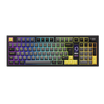




















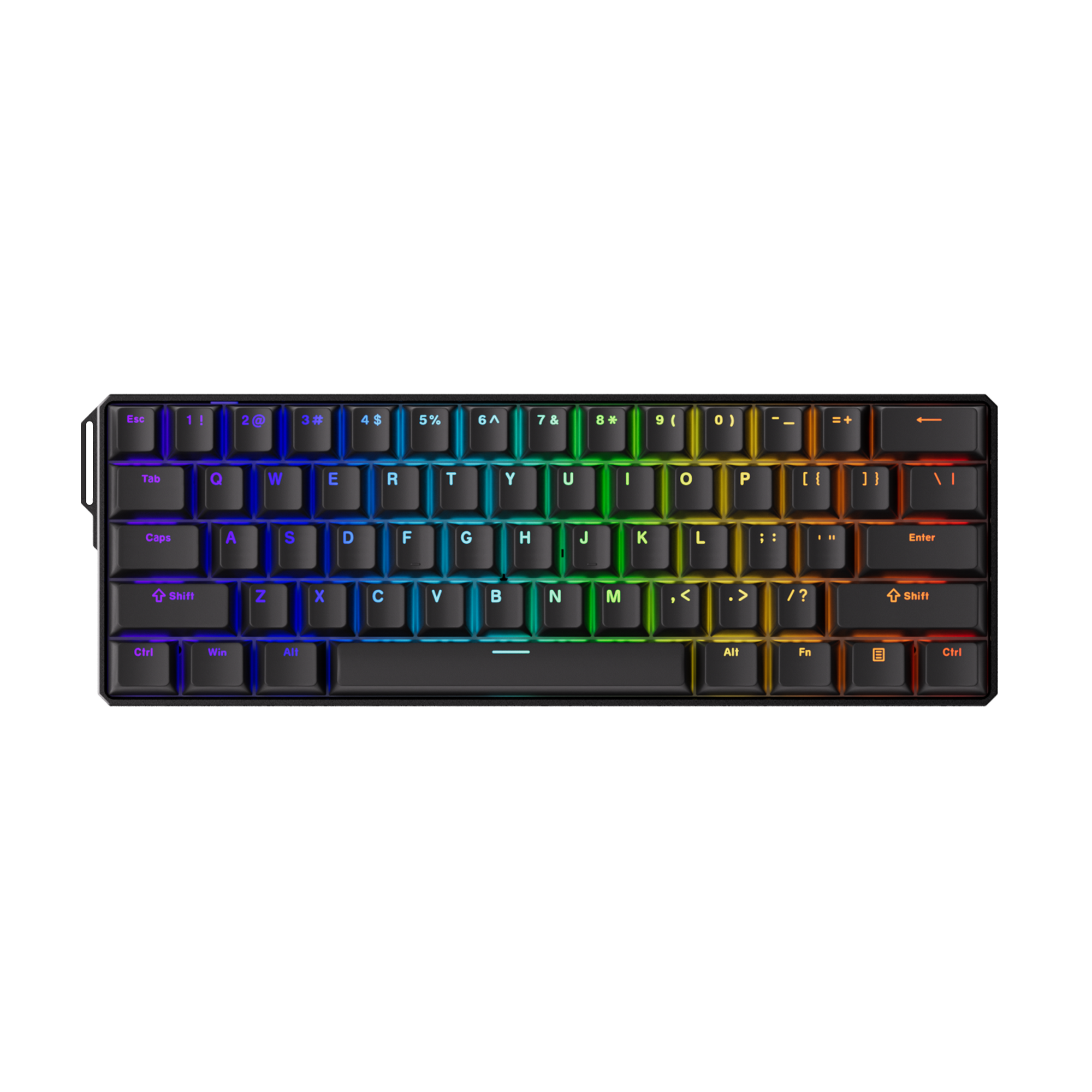

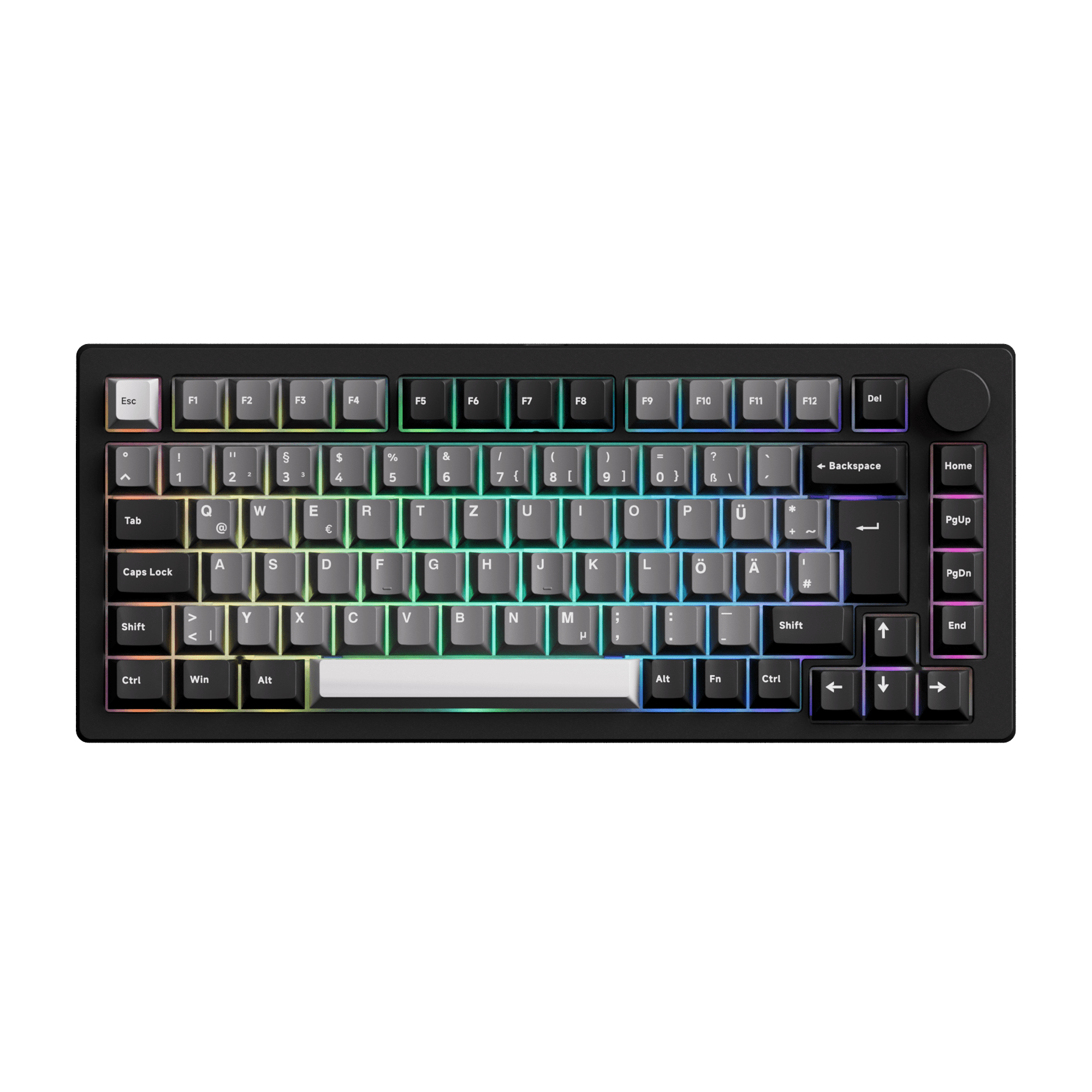

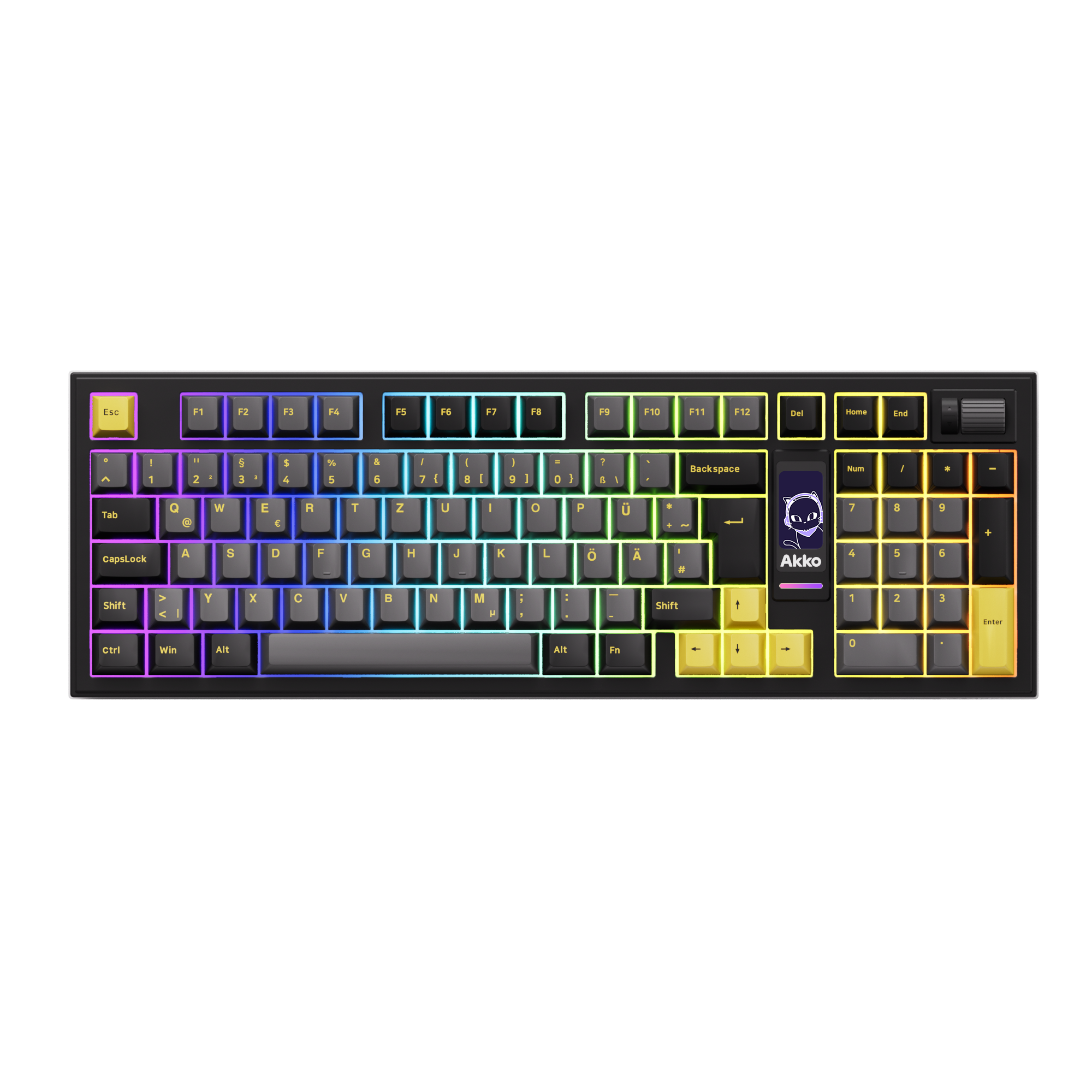









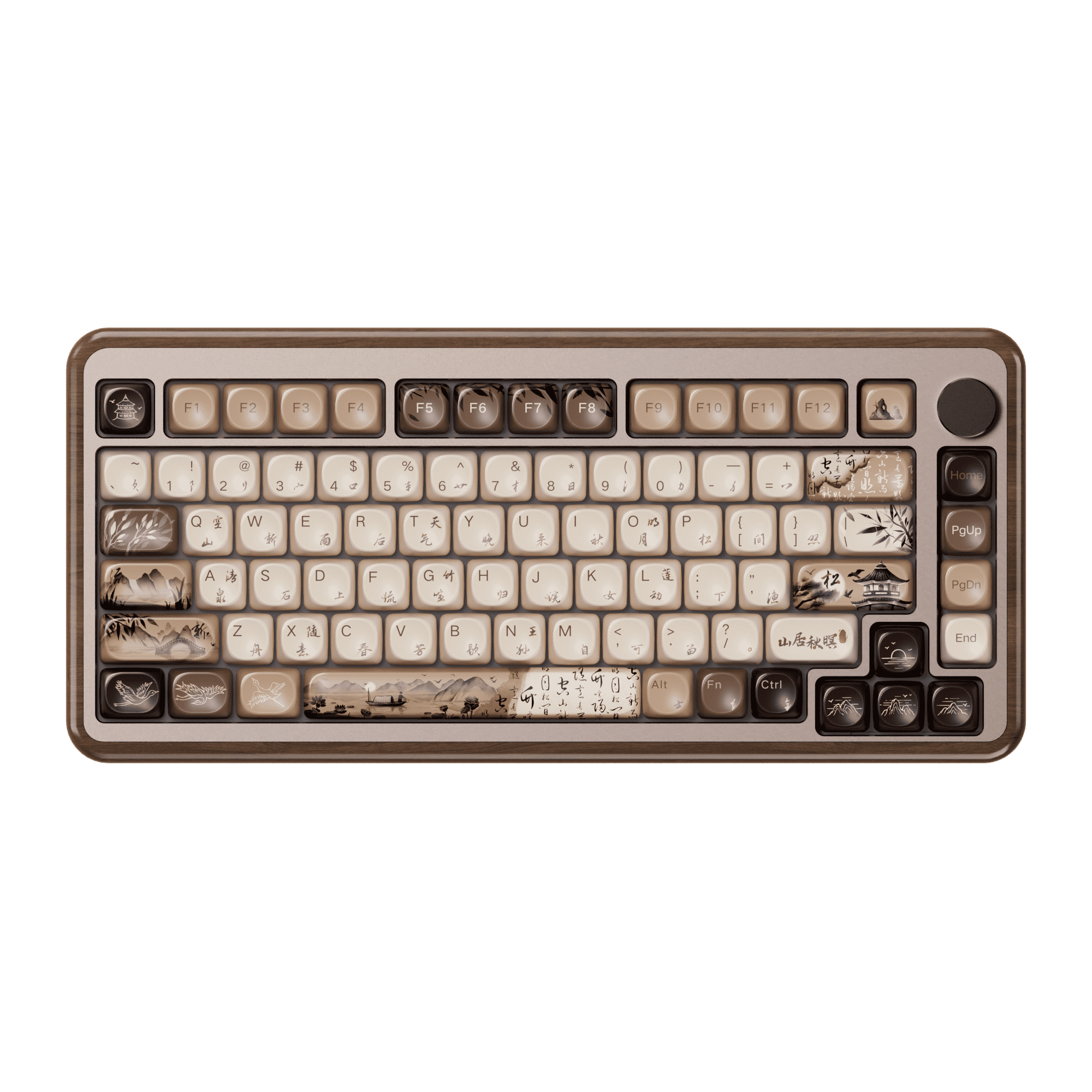





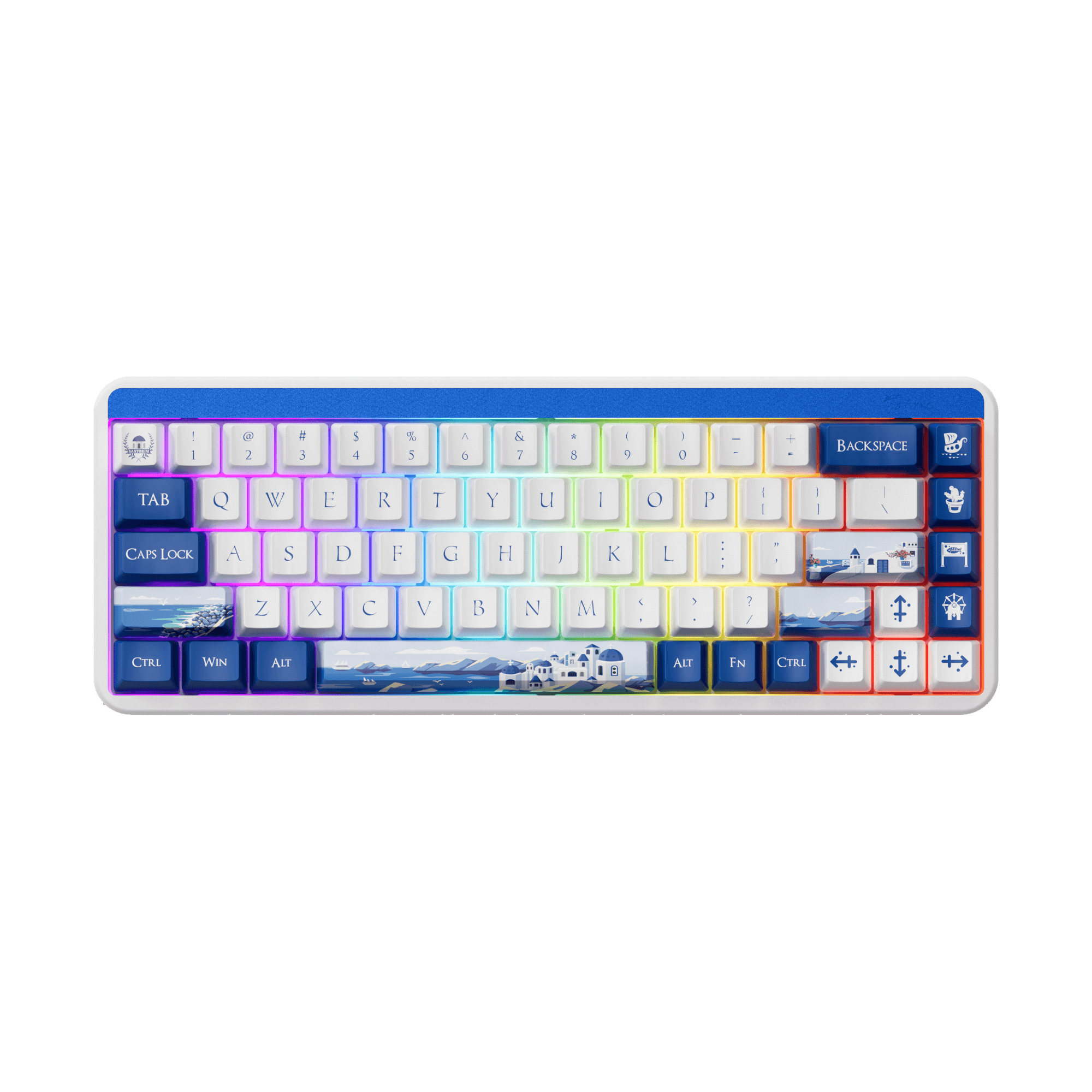


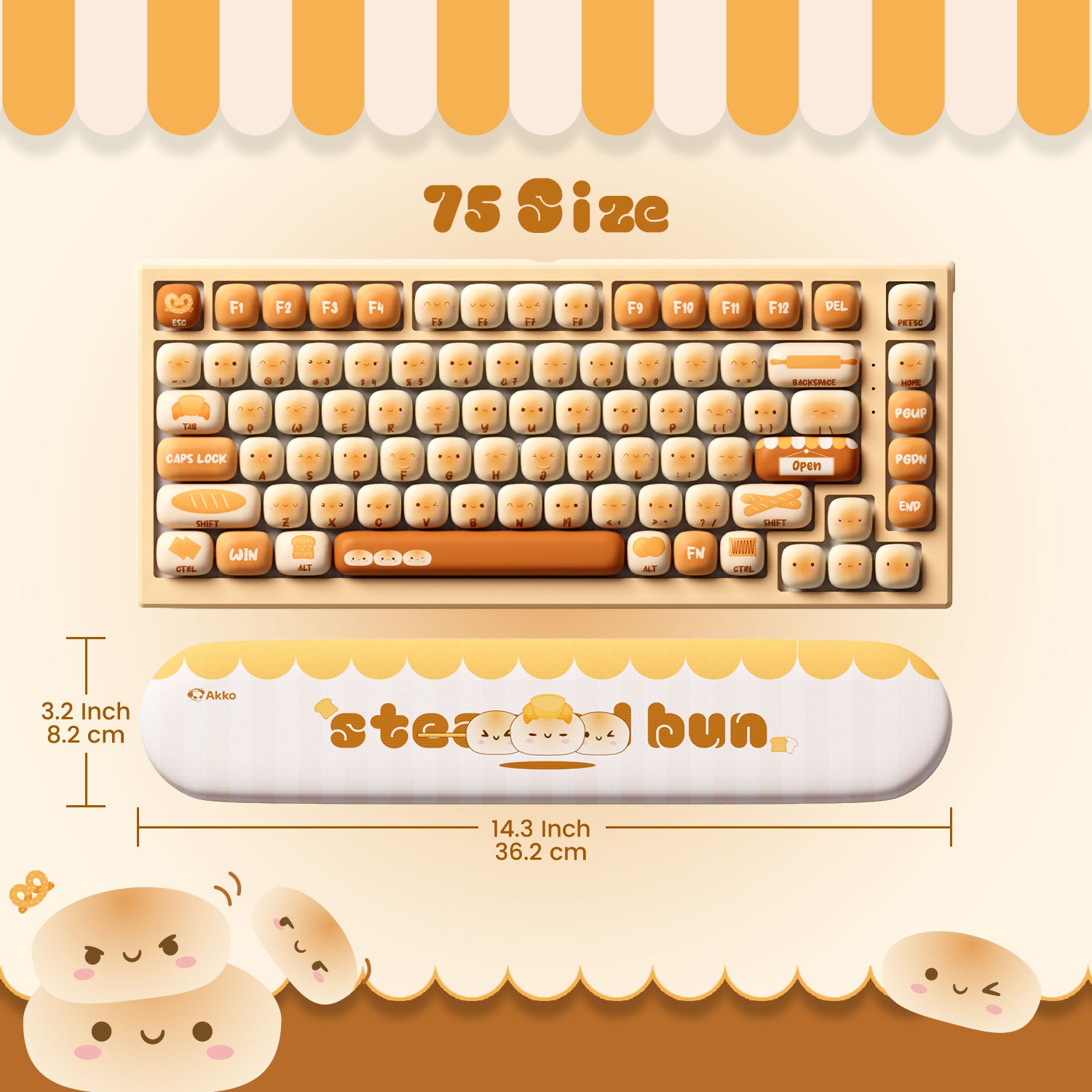



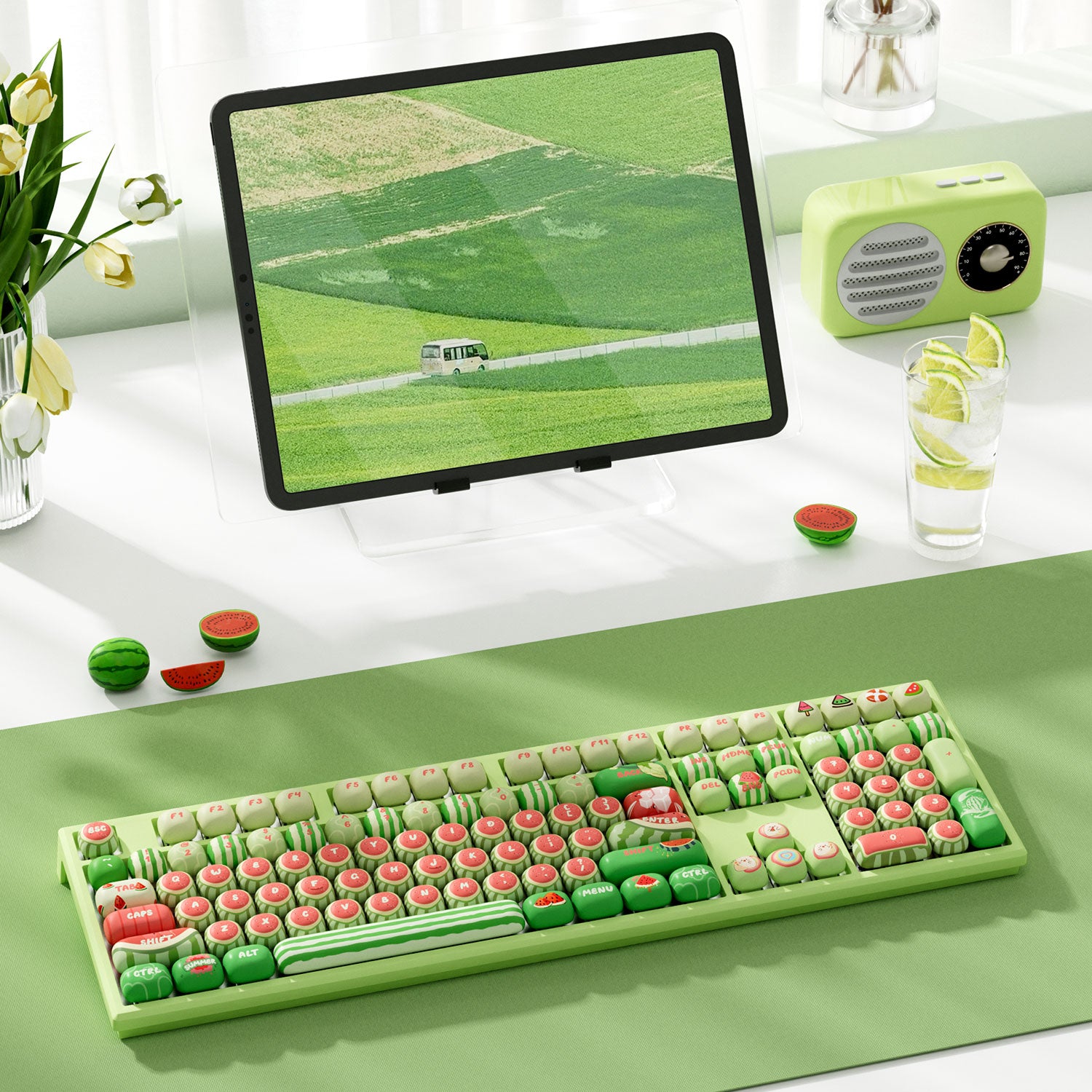
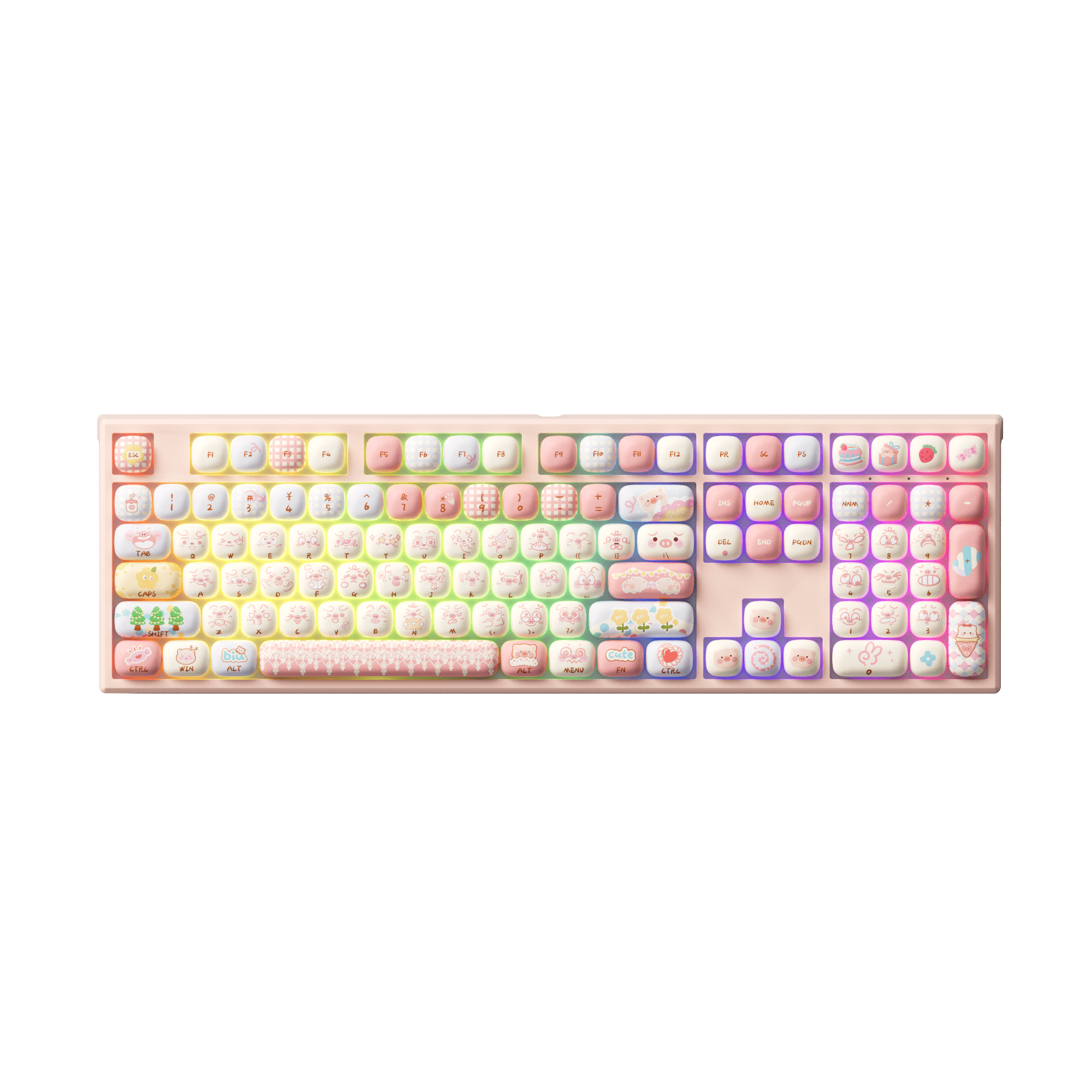
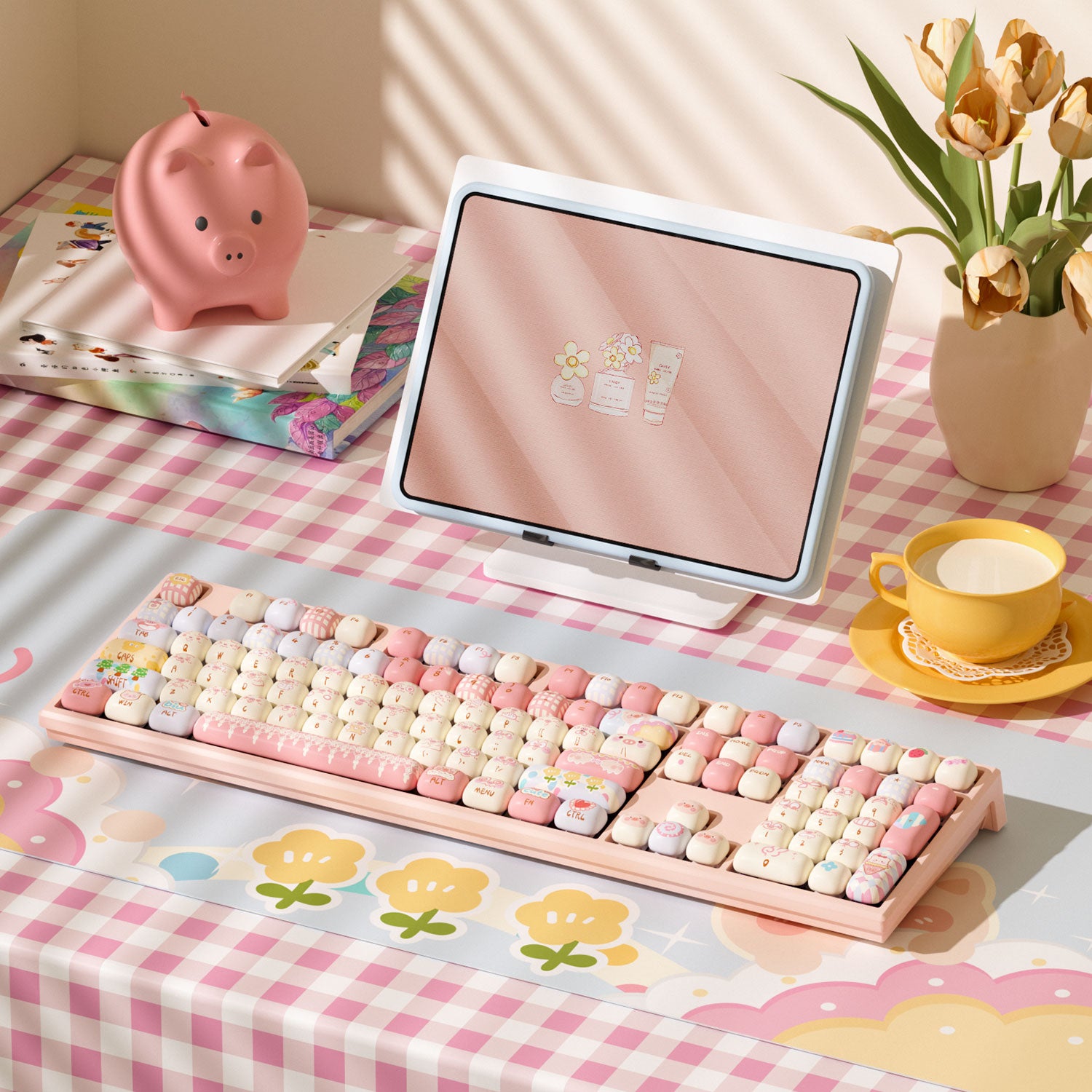
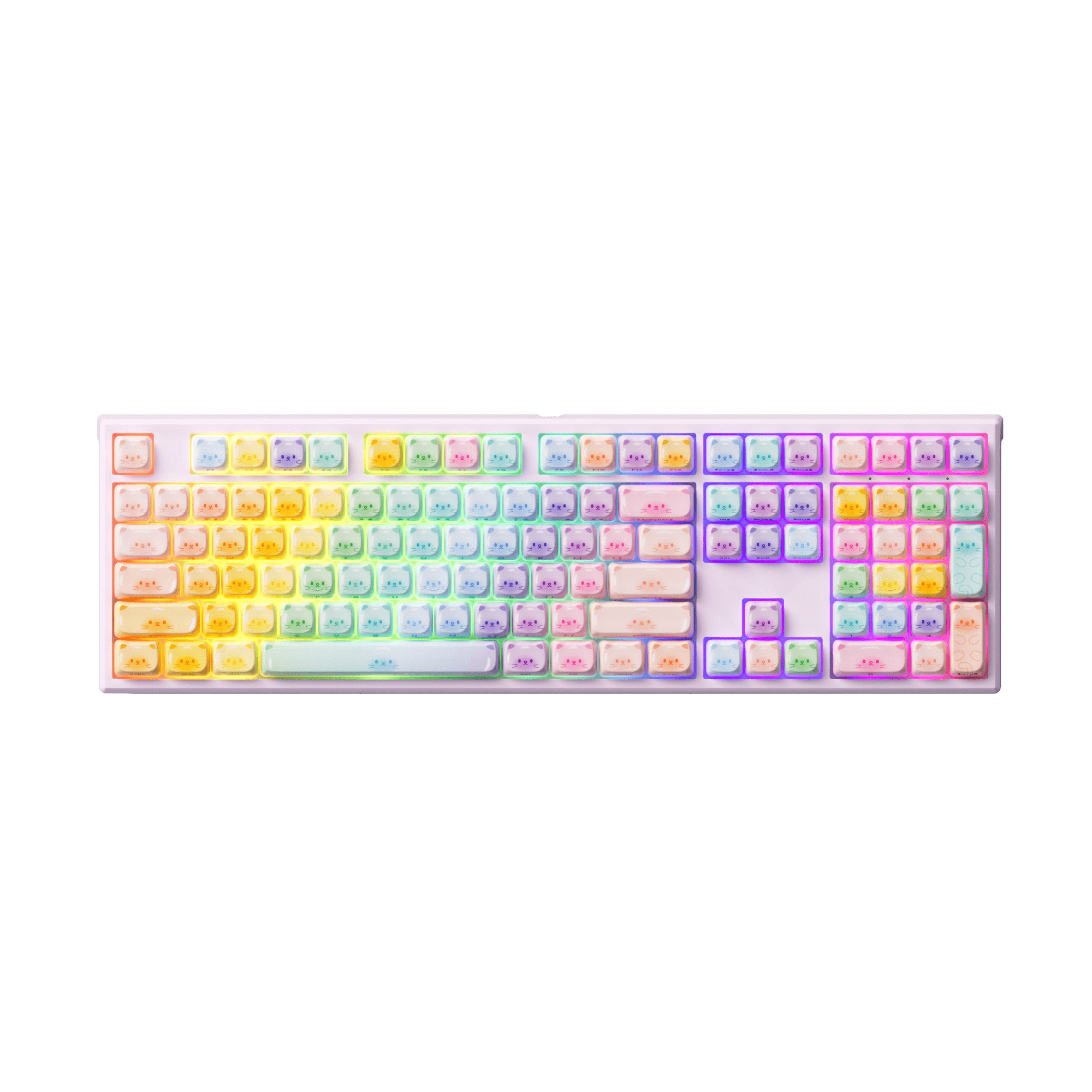












Laisser un commentaire
Ce site est protégé par hCaptcha, et la Politique de confidentialité et les Conditions de service de hCaptcha s’appliquent.